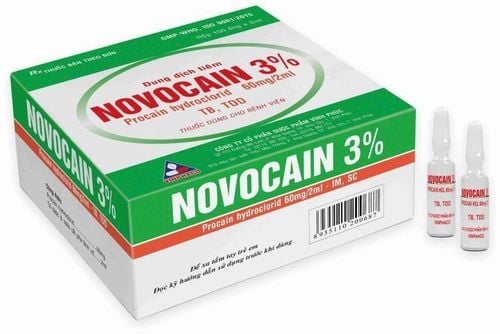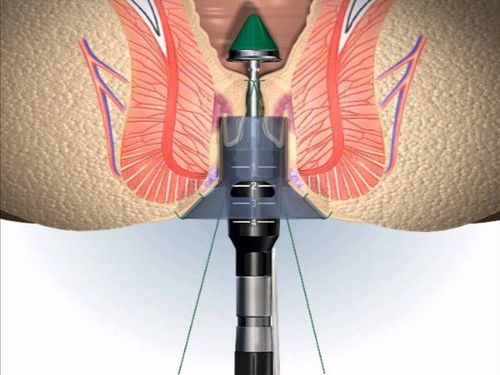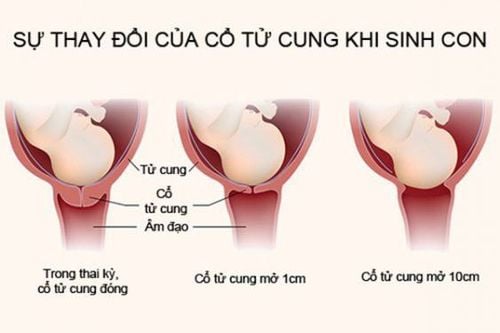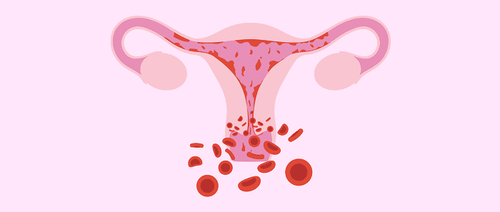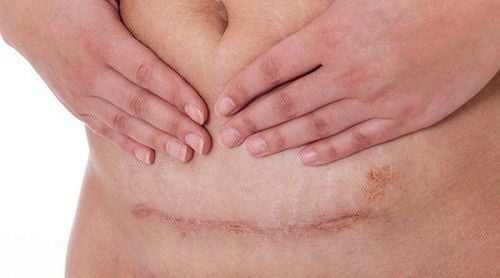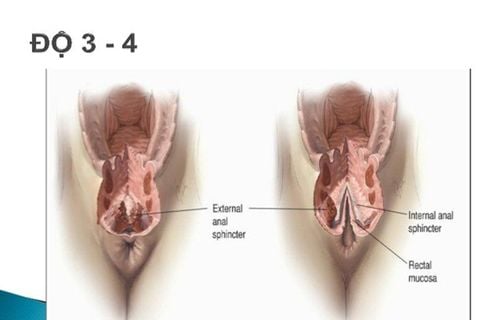This is an automatically translated article.
The article was professionally consulted by BSCK I Nguyen Xuan Tinh - Department of General Surgery, Vinmec Phu Quoc International General Hospital.There are many methods of pain relief during childbirth, but choosing the right and safe method is still a question asked by many pregnant women about safety and effectiveness. Therefore, understanding about pain relief methods is necessary to help pregnant women overcome the process of childbirth in the best way.
1. Methods of pain relief with drugs
Methods of drug use include: epidural anesthesia, spinal anesthesia, intravenous systemic analgesics, anesthetic gas.
1.1 Epidural Anesthesia or Painless Delivery The epidural is the most effective pain reliever technique and is most suitable for both mother and baby for both normal delivery or caesarean section. In particular, the use of this pain reliever injection can control the pain relief effect of pregnant women during labor. The doctor can flexibly adjust the type of pain reliever, dose and strength of the drug as appropriate. Epidural analgesia: The procedure of inserting anesthetic into the lumbar epidural space through a small catheter. Mothers self-control the use of local anesthetics through an electric pump, which takes effect after 15-20 minutes of injection. Benefits of epidural anesthesia: Reduces pain for the mother so that the mother does not lose strength during labor, does not affect the mother's strength. Does not affect obstetric indications Epidural analgesia may experience some side effects such as hypotension, nausea, infection, back pain... Contraindicated for people with injection site infection, coagulation disorders blood, heart disease, severe liver.

1.2 Spinal anesthesia Spinal anesthesia is a procedure in which anesthetic is injected into the subarachnoid space through a very fine needle. The effect occurs after a few minutes and lasts 60-120 minutes, usually applied to the pain relief of cesarean section. Some side effects are hypotension, nausea, infection, back pain...
1.3 Intravenous systemic pain relief Central group of analgesics, also known as opioids, are administered intramuscularly or intravenously. vessels, including pethidine, morphine... May affect sedation, nausea in the mother, respiratory depression in the baby, not recommended.
Entonox gas or nitrous oxide gas
Nitrogen oxide, also known as laughing gas, is mixed with oxygen in a 1:1 ratio and given to the mother through a mask or a tube into the mouth. This gas takes a few seconds to start working, so when contractions begin, use the mask immediately. Nitrogen oxide doesn't completely stop the pain, but it does reduce the intensity of the contractions. Many women choose nitrous oxide because they can directly control it - they can hold the mask themselves and inhale when they feel the need. Nitrogen oxide doesn't interfere with contractions and it doesn't stay in the body of either mother or baby. Possible problems with using nitrous oxide include:
Nausea and vomiting Confusion and disorientation Feeling stuffy from the mask Doesn't relieve much pain - in some cases, nitrous oxide doesn't work at all pain relief (found in about one-third of women).
2. Non-drug pain relief methods
Relax by not focusing on the pain, talking to family members, whispering to the baby, thinking about the fun things that will come when the baby is born. Breathing: Inhale through the nose - breathe through the mouth or breathe through the mouth - breathe through the mouth, breathe deeply - breathe slowly. Change position: walk around, swing, if restricted in the birth bed, move your arms and legs, lie on your side, sit. Massage. Birth bed: adjustable in many positions, lying down, sitting, spreading legs, raising the head... Types of beds or tables in hospital are convenient when you give birth, the doctors deliver the birth, stitch the perineum. .. Take a warm bath, even sit or soak in a warm bath. For many reasons, this method is not implemented in hospitals in our country, the main reason being that there is still no reliable evidence that it is effective in reducing pain and shortening labor. Walking: in the early stages, walking can be more comfortable than sitting/lying down. However, the doctors will let you know when to lie down (for example, to have a monitor to monitor your baby). The support, comfort and encouragement of loved ones is also an effective spiritual therapy.

Epidural anesthesia technique has now been applied at Vinmec to help pregnant women gently give birth. At Vinmec, there is a team of experienced and professional anesthesiologists who will help pregnant women experience the safest painless labor.
Please dial HOTLINE for more information or register for an appointment HERE. Download MyVinmec app to make appointments faster and to manage your bookings easily.





